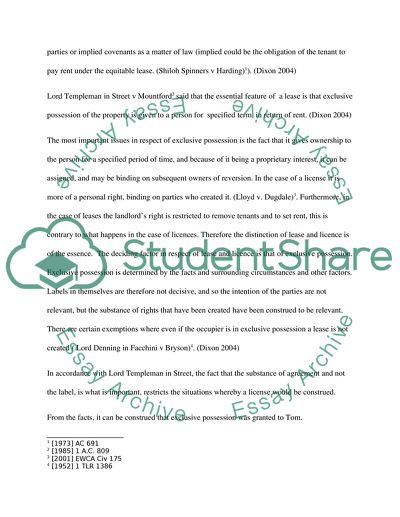Cite this document
(“Rules of Legal Lease Term Paper Example | Topics and Well Written Essays - 3500 words”, n.d.)
Rules of Legal Lease Term Paper Example | Topics and Well Written Essays - 3500 words. Retrieved from https://studentshare.org/law/1743243-land-law
Rules of Legal Lease Term Paper Example | Topics and Well Written Essays - 3500 words. Retrieved from https://studentshare.org/law/1743243-land-law
(Rules of Legal Lease Term Paper Example | Topics and Well Written Essays - 3500 Words)
Rules of Legal Lease Term Paper Example | Topics and Well Written Essays - 3500 Words. https://studentshare.org/law/1743243-land-law.
Rules of Legal Lease Term Paper Example | Topics and Well Written Essays - 3500 Words. https://studentshare.org/law/1743243-land-law.
“Rules of Legal Lease Term Paper Example | Topics and Well Written Essays - 3500 Words”, n.d. https://studentshare.org/law/1743243-land-law.


